In Photos: Mayan Art Discovered in Guatemala
Head of a deity
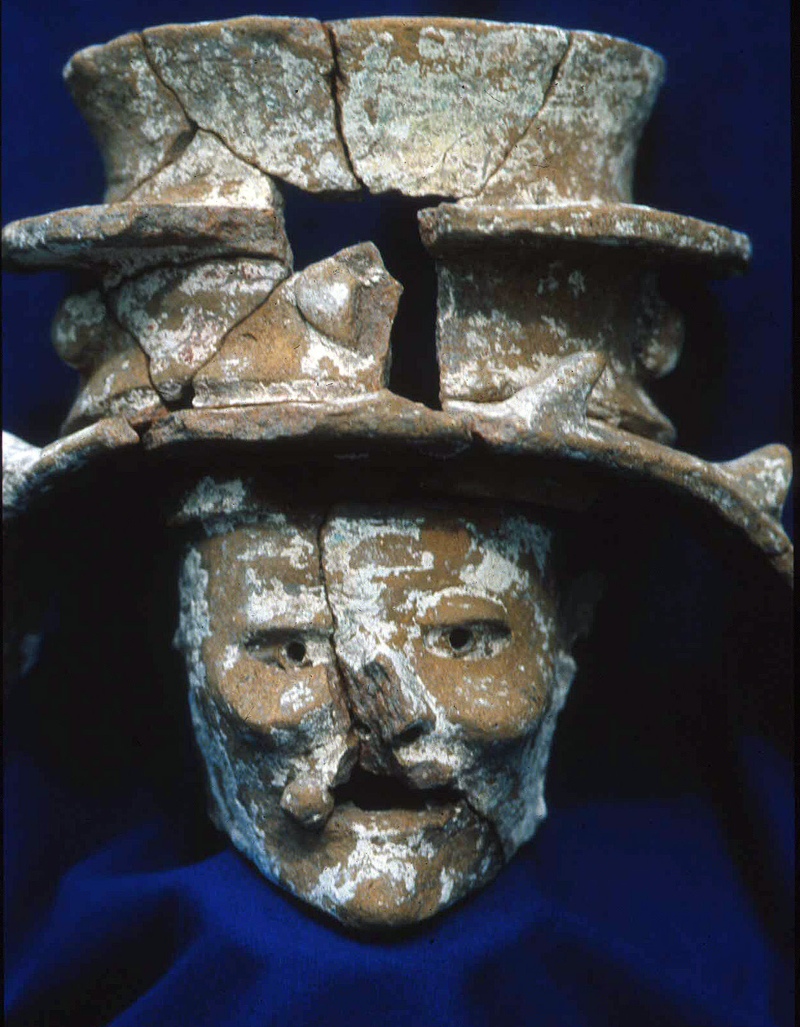
A team of researchers working at the site of Nixtun-Ch'ich' in Petén, Guatamela, have discovered a Maya council house dating back about 700 years. Their discoveries include sculpted works of art, including this incense burner showing the head of Itzamna, a deity who was the shaman of the Mayan gods. [Read full story]
Close-up Itzamna
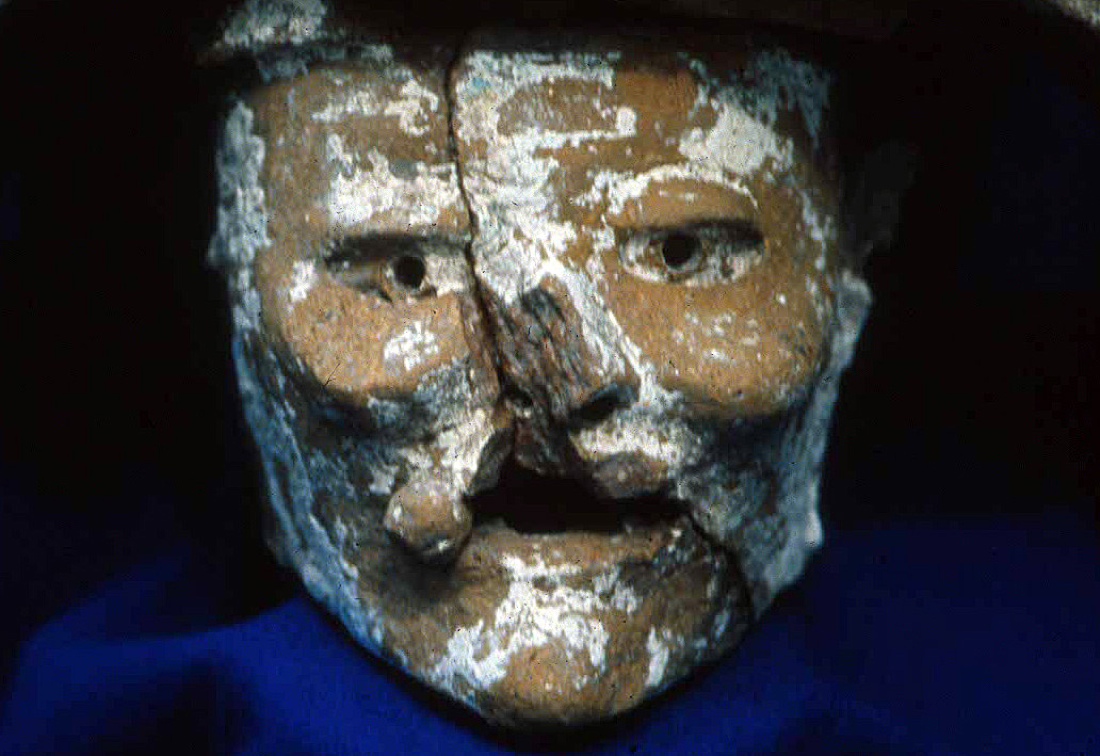
A close-up view of the head of Itzamna, which formed the base of an incense burner. Almost every political and religious ritual at Nixtun-Ch'ich' would have taken place at the council house. The burning of incense and the image of Itzamna, among other art, would have aided in these rites. [Read full story]
Reptile decoration
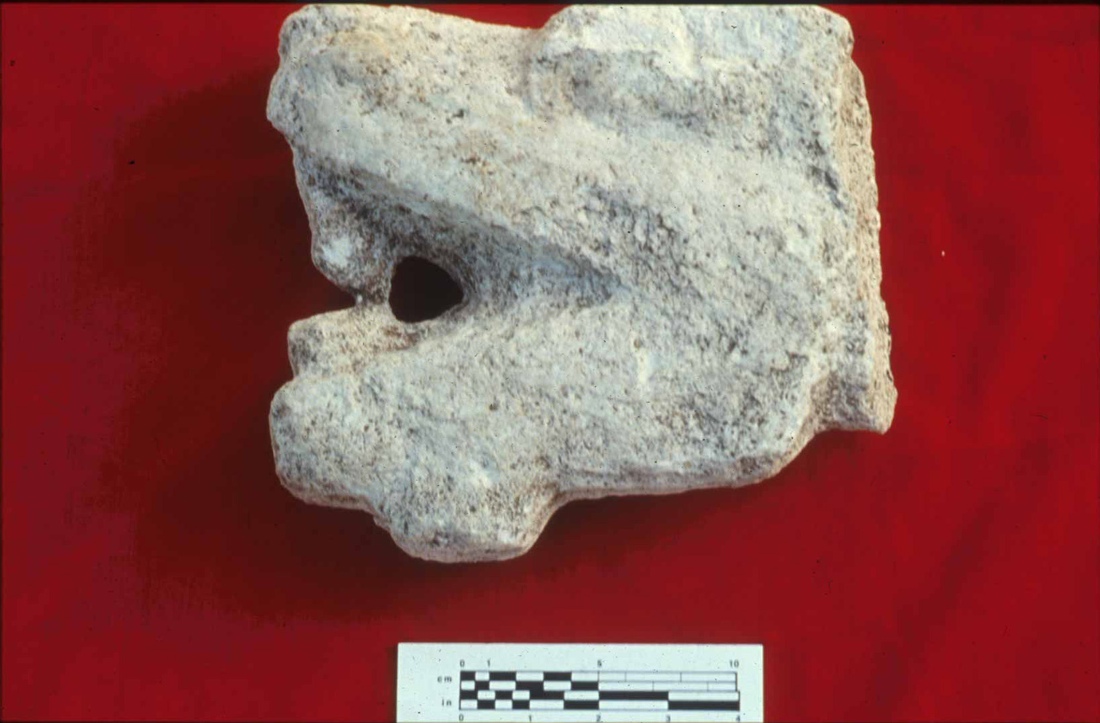
This sculpted image of a reptile (either a snake or crocodile) would have adorned the hallways of the 700-year-old Mayan council house. It would have been attached to the walls. [Read full story]
Parrot sculpture
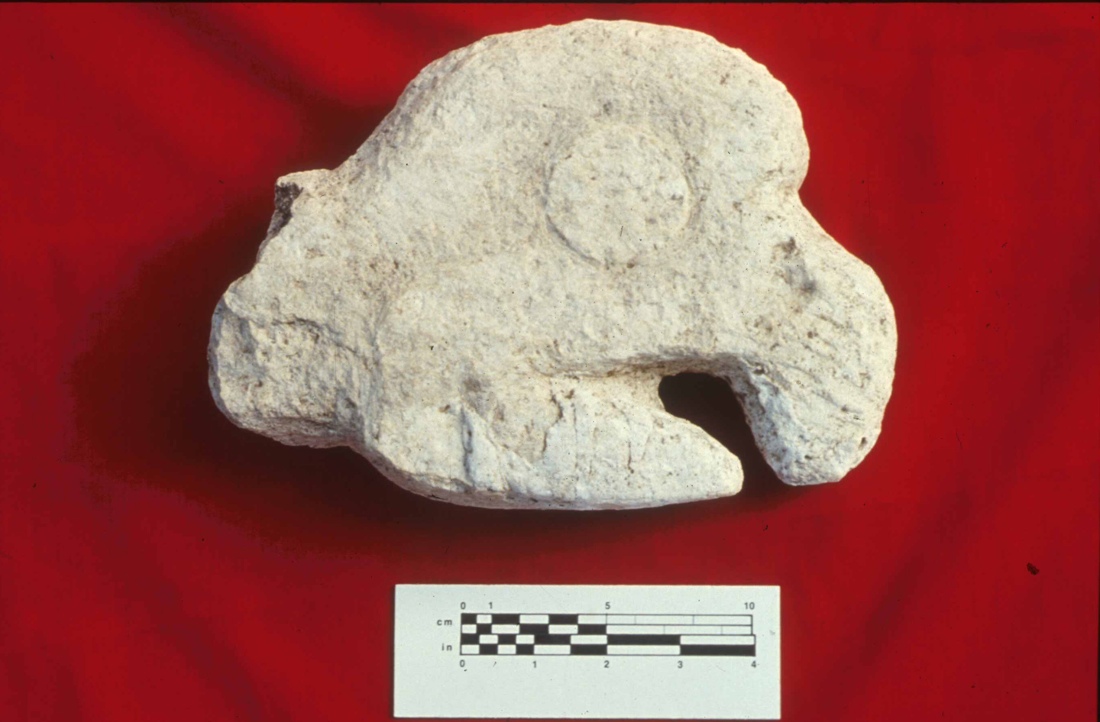
This sculpted image of a parrot would also have been attached to the walls of the 700-year-old Mayan council house.
Mayan altars
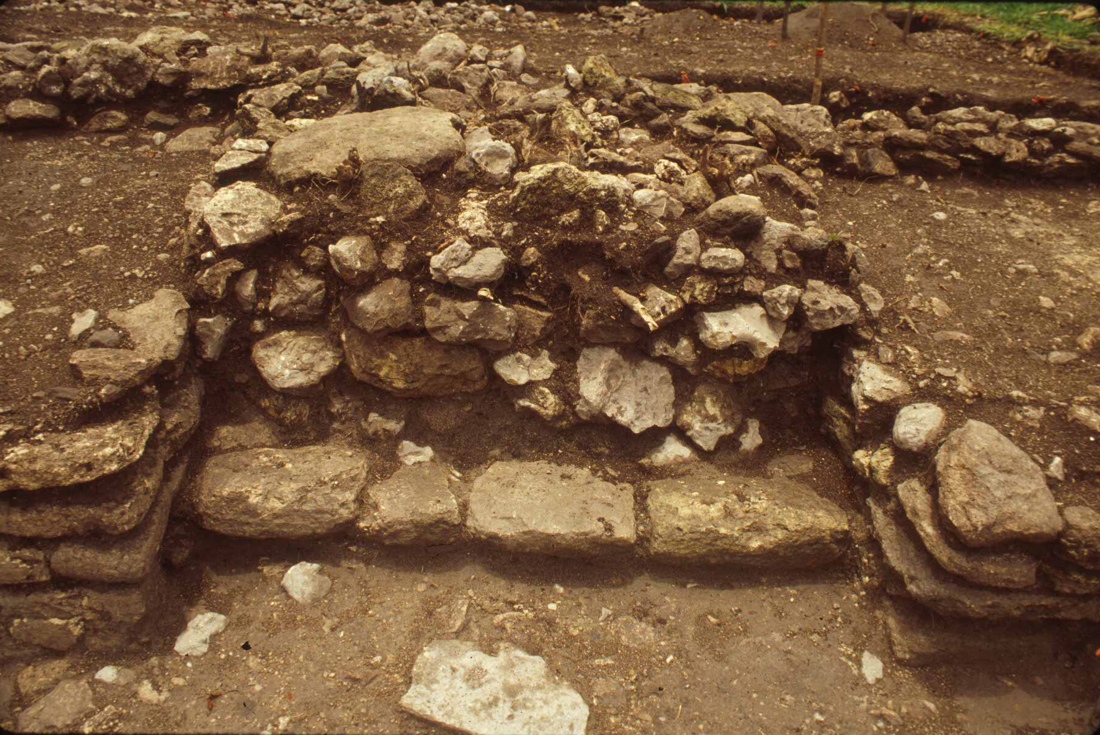
The Maya council house had two altars, each of which originally had a sculpted turtle on it. When a cycle of time ended the Chakan Itza (the Maya people who lived here) destroyed the altars and covered the council house with a layer of dirt. The Chakan Itza then would have moved their seat of power to a new location. This may have taken place about 500 years ago. [Read full story]
Lake Peten Itza
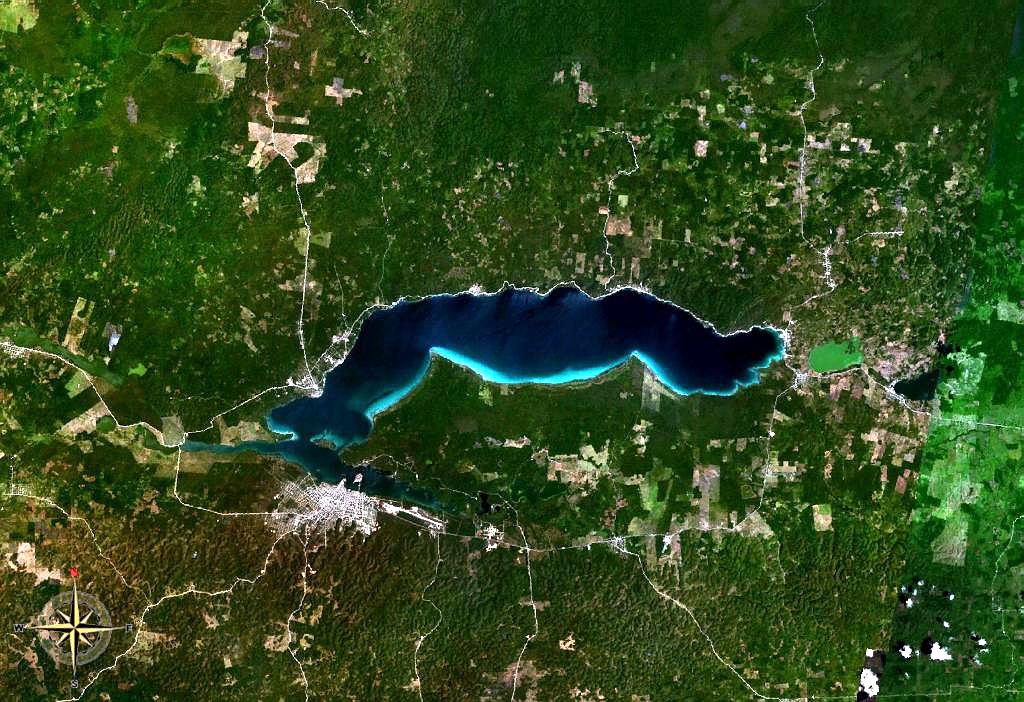
The site of Nixtun-Ch'ich' is located near the southwestern tip of Lake Petén Itzá, a satellite image of which is seen here.
Lake Peten
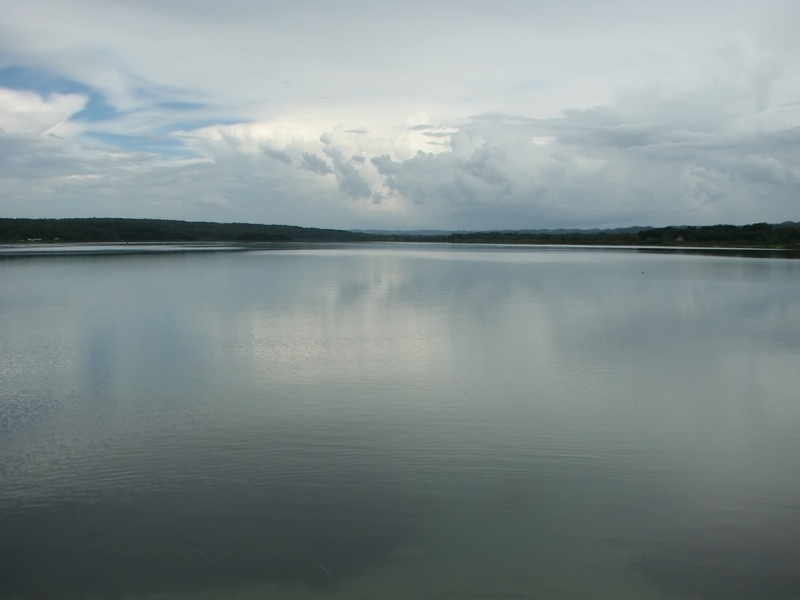
The Spanish conquered the Petén region by the end of the 17th century. The Itza suffered many casualties from this conquest and diseases introduced from Europe. However the Itza, along with other Mayan people, persevered and live on to present day. Many of them now speak Spanish, but the Itza language is still spoken by a few individuals. This image shows Lake Petén Itzá. [Read full story]
Sign up for the Live Science daily newsletter now
Get the world’s most fascinating discoveries delivered straight to your inbox.

Owen Jarus is a regular contributor to Live Science who writes about archaeology and humans' past. He has also written for The Independent (UK), The Canadian Press (CP) and The Associated Press (AP), among others. Owen has a bachelor of arts degree from the University of Toronto and a journalism degree from Ryerson University.










